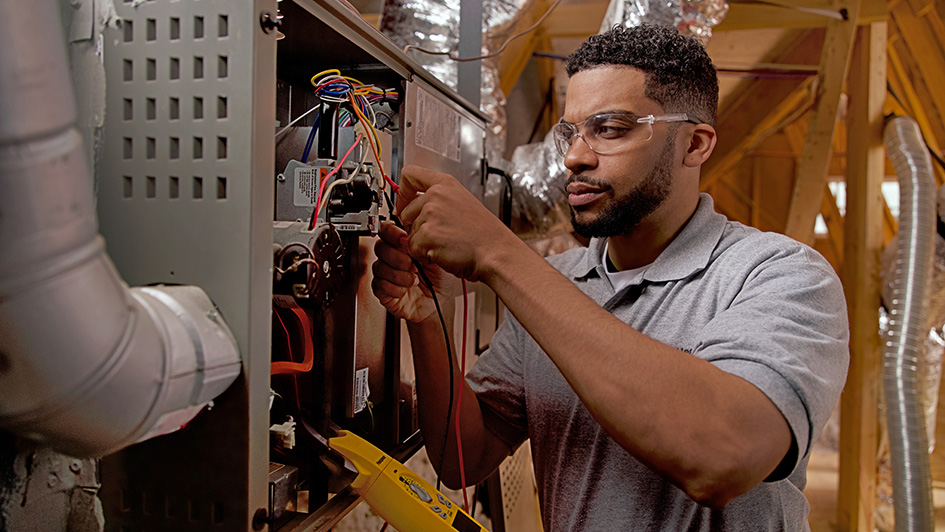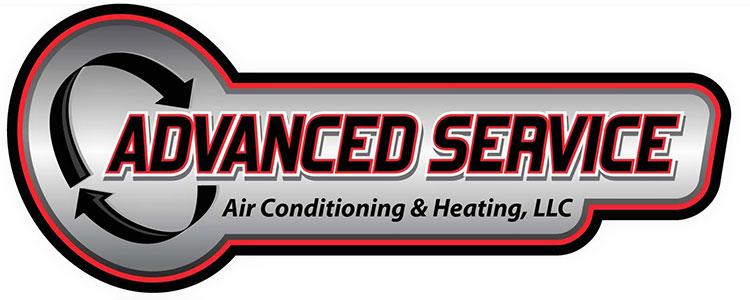
A furnace is almost always a background player at home, helping keep you warm in the cold winter months. It frequently won't be noticed until something breaks down.
One root cause could be that your furnace has a cracked heat exchanger. It’s a potentially dangerous issue, so it’s critical to know the symptoms of a cracked heat exchanger and what to do if you suspect that might be the problem.
What Is a Heat Exchanger in a Furnace?
A heat exchanger helps move heat from the combustion chamber of your furnace to the air that circulates throughout the system. It usually handles this using coils or tubes that warm the air while acting as a barrier to keep byproducts created in the combustion chamber, called flue gasses, from leaking out into your home.
Is a Cracked Heat Exchanger Dangerous?
Thanks to its central role, it isn't surprising that a damaged heat exchanger can be hazardous. A crack in the heat exchanger can allow dangerous gasses – including carbon monoxide, which can be lethal – to circulate across your home.
For this reason, never turn on your heating if you suspect it has a cracked heat exchanger, as doing so could make your entire family sick. Reach out to an HVAC professional as soon as possible if you are worried your heating has a cracked heat exchanger that needs to be repaired.
Four Signs of a Cracked Heat Exchanger:
- Furnace switches off: Cracks in the heat exchanger may cause your furnace to switch off.
- Strange Smells: If the air coming out of your furnace has an intense chemical scent, it could be a sign gas is slipping through cracks in your heat exchanger. These byproducts, which may smell like formaldehyde, are a significant warning sign.
- Carbon monoxide alarm is triggered or you recognize symptoms of poisoning: If a cracked heat exchanger is relieving carbon monoxide into your home, your carbon monoxide alarm may go off or household members could start experiencing signs of carbon monoxide poisoning. Side effects include headaches, dizziness, weakness, nausea, vomiting or feeling tired. If an alarm goes off or you feel unwell, exit the home immediately and then call for help.
- Soot: If you find black sooty accumulating on the exterior of your furnace, it’s more evidence something could be seriously wrong.
What to Do if the Furnace Heat Exchanger is Cracked
If you believe your furnace has a cracked heat exchanger, call a pro experienced in furnace installation Middletown as soon as possible so they can take a look at your system and, if needed, perform a furnace heat exchanger replacement. Costs will fluctuate depending on the situation, but estimates run in the neighborhood of $1,000 to $3,000.
Estimates aside, the good news is that heat exchangers are generally covered by the warranty. You should review the warranty paperwork on your furnace, because while the warranty may not cover the entire cost of repairs, it can significantly lower your bill.
How to Avoid a Cracked Heat Exchanger in Your Home
One of the easiest ways to minimize the risk of problems in your furnace overall is with consistent furnace maintenance. Furnaces provide the best possible return on investment when they operate efficiently. Calling a trained professional to check your furnace for old parts, clogged filters and other likely problems can help you avoid getting a big bill later on.
It’s also a good idea to review your furnace filters every few months – it’s recommended some filters be swapped out every 90 days or sooner if they are dirty or grimy. While the filters aren't a part of the heat exchanger itself, the strain of dragging air through a clogged filter makes the entire furnace work longer to accomplish its job. And the harder your furnace works, the more strain components like the heat exchanger will experience.

